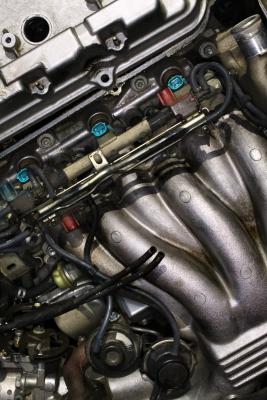
All types of motor vehicles rely on engines to propel the vehicle. There are several different types of ignition engines available, such as a spark ignition and a compression ignition. Depending on the operating systems, each engine will have advantages and disadvantages to each other based on how each engine works.
For the operation of engines, the fuel is pumped into a chamber so it can be ignited. Combustion ignition engines spray the fuel completely inside the engine cylinder. The spark ignition engine, meanwhile, pumps the fuel into an intake system where the fuel mixes with air before entering the engine cylinder and igniting.
Both engines rely on a mixture of air entering the combustion chamber. When the air mixes with the fuel, the engine system can ignite the fuel that will propel the vehicle. The engines rely on different air-to-fuel ratios for optimal engine performance. Spark ignition systems require a 15:1 ratio of air mixing with fuel. Compression ignition engines, on the other hand, have a poorer mixing system than spark ignition engines and need at least an 18:1 up to a 25:1 ratio for combustion.
The compression and spark ignition engines also work in different ways regarding the air and fuel combustion in the ignition process. The compression ignition engine relies on heated air passing into the engine cylinder that is under very high pressure. The spark ignition engine depends on the pressure forming inside the intake system. A spark is created in the engine cylinder as the intake valve opens for the fuel to enter the chamber and ignite.
Due to the differing ways in which the ignition systems work, the two engines possess different advantages and disadvantages when it comes to power and fuel efficiency. The compression engine is less efficient during the process of mixing air and fuel to create combustion, leading the spark ignition engine to have a greater power ratio than the compression engine. Yet because the compression engine does not operate with a throttle, it has a higher part-load efficiency than the spark ignition. This means the compression engine can maintain the vehicle's speed better.